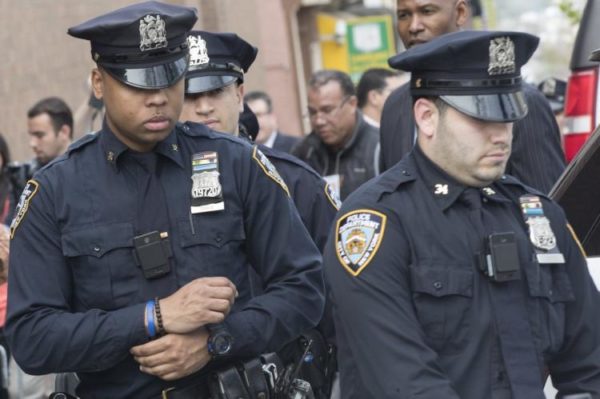December 13, 2012
By Joe Maniscalco
While card-playing National Guardsmen stationed in Far Rockaway, Queens waited for orders to act following Hurricane Sandy, volunteers from the New York State Nurses Association [NYSNA] were going door-to-door in darkened hi-rise buildings throughout the storm-ravaged community assessing the medical needs of frigid residents still stranded in powerless apartments.
 That's how NYSNA First Vice-President Judy Sheriton-Gonzalez recently described the official response to the monster hurricane at a special Murphy Institute forum co-sponsored with the Labor Outreach Committee of Occupy Wall Street called, "Recover and Rebuild: Labor Speaks out after Sandy."
That's how NYSNA First Vice-President Judy Sheriton-Gonzalez recently described the official response to the monster hurricane at a special Murphy Institute forum co-sponsored with the Labor Outreach Committee of Occupy Wall Street called, "Recover and Rebuild: Labor Speaks out after Sandy."
"We all became witnesses to New York's Katrina," Sheriton-Gonzalez said.
The challenge now facing labor – according to panelists which also included NYSNA representative Mary Fitzgerald, TWU Local 100 Vice-President Kevin Harrington, political activist Nastaran Mohit and artist/community organizer Michael Premo – is to "fight before the amnesia and complacency sets in."
"I was overwhelmed by the devastation," Fitzgerald said. "I've never been to a war zone, but this was as close to it as I can imagine."
Despite the Bloomberg administrations' highly coordinated efforts to convince the citizenry otherwise, panelist at the "Recover and Rebuild" forum said that the city's response to Sandy has not only been woefully inadequate, but has also exposed an institutionalized disparity in care that marginalizes poor, elderly and minority people.
In stressing a message of "building it back better," forum moderator Amy Muldoon warned that in light of the city's actions "getting back to normal just isn't good enough."
"Labor needs to go beyond just 'surviving the next contract,' Muldoon said. "We need to raise a larger vision."
At the time of this writing, four New York City public hospitals where still shuttered because of the storm, and thousands remained without power.
"You can imagine what that does to your physical condition and your mental state," Mohit said. "There is a dangerous disconnect that is killing people."
Mohit was part of the Occupy Sandy group of grassroots organizers who helped establish the YANA Medical Clinic in Far Rockaway. Since Hurricane Sandy, the clinic, located on Beach 113th Street, has proven to be an indispensable lifeline for a community already forced to make do with a single hospital.
Just six months prior to Sandy's arrival, the New York State Department of Health shut down the Rockaways' 104-year-old Peninsula Hospital Center citing safety concerns.
"This is exactly like Katrina in so many ways, including government agencies that don't do anything," Premo said. "Within the first week, stuff was still on fire."
Mohit challenged organized labor be "front and center" when it comes to job training in storm-ravaged communities like Far Rockaway.
Harrington, meanwhile, said that life in Far Rockaway will not begin to bounce back until subway service to the battered peninsula is fully restored. Unfortunately, the TWU official said that because of the city's pro-business bias, that is not now expected to happen until June, 2013.
"The city is delaying it because they want to give the job to some contractor," Harrington said.
Before splitting up into breakout groups, Muldoon urged participants to think about how they might help realign and reinvigorate unions within the social justice movement.
"We're looking at a lost opportunity," Muldoon said.



